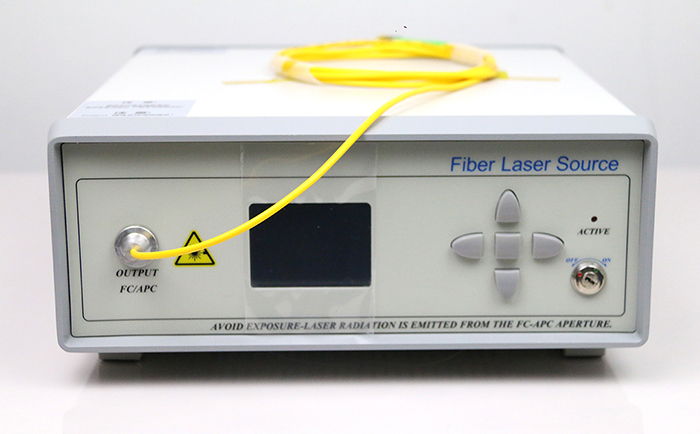2023 ASE light source (Amplified Spontaneous emission) Leave a comment
ASE light source (Amplified Spontaneous emission) is an important light source technology, which plays a key role in many fields. The continuous development of ASE light sources, from lasers to optical communication, is driving technological progress. This article will explore the basic principles of ASE light sources and their applications in the latest technological developments.
The basic principle of ASE light source is to amplify the Spontaneous emission of light by injecting energy, unlike lasers, which need an external excitation source. This Spontaneous emission is generated in a medium and amplified by an optical amplifier, thus producing a laser like effect. ASE light sources have broadband characteristics, which can provide continuous spectra, which are very useful in some applications.
In the field of optical communication, ASE light sources are widely used as optical amplifiers in fiber optic communication systems. EDFA (Erbium Doped Fiber Amplifier) is a common optical amplifier that utilizes the ASE phenomenon in erbium-doped fibers to amplify optical signals, enabling signal transmission to cover longer distances without too much loss. With the continuous growth of the internet and data transmission demand, the demand for high-performance optical communication is also increasing, which has prompted research and improvement of ASE light source technology.
Another important application field is biomedicine. ASE light sources play a crucial role in biomedical imaging. For example, optical coherence tomography (OCT) is a non-invasive imaging technique that can generate high-resolution images in biological tissues. ASE light source is used as a light source in the OCT system, characterized by broadband spectrum and high brightness, enabling the OCT system to obtain clearer images.
In addition, ASE light sources are also applied in fields such as spectral analysis, sensors, and scientific research. For example, Spectroscopy needs broadband light sources to analyze the characteristics of materials, and ASE light sources are a good choice to meet this demand. In terms of sensors, ASE light sources are also used to manufacture highly sensitive optical sensors for detecting optical signals or specific chemical components.
Although ASE light sources have achieved many successes, there are still some challenges in technological development. One challenge is to improve the brightness and efficiency of light sources to meet the growing demand for applications. In addition, the stability and reliability of the light source are also key issues, especially for applications that run for a long time.
In the future, we can expect ASE light source technology to continue to develop and innovate in various fields. With the emergence of new materials and technologies, ASE light sources may become more efficient, stable, and cost-effective. This will further promote the development of optical communication, biomedical and other application fields, bringing more convenience and possibilities to humanity.
In summary, ASE light source, as an important light source technology, is continuously promoting technological progress. Its applications in optical communication, biomedical imaging, and other fields have brought many benefits to human society. Despite facing some challenges, we are confident in the future of ASE light source and believe that it will continue to bring more surprises and innovation to our lives and work.

